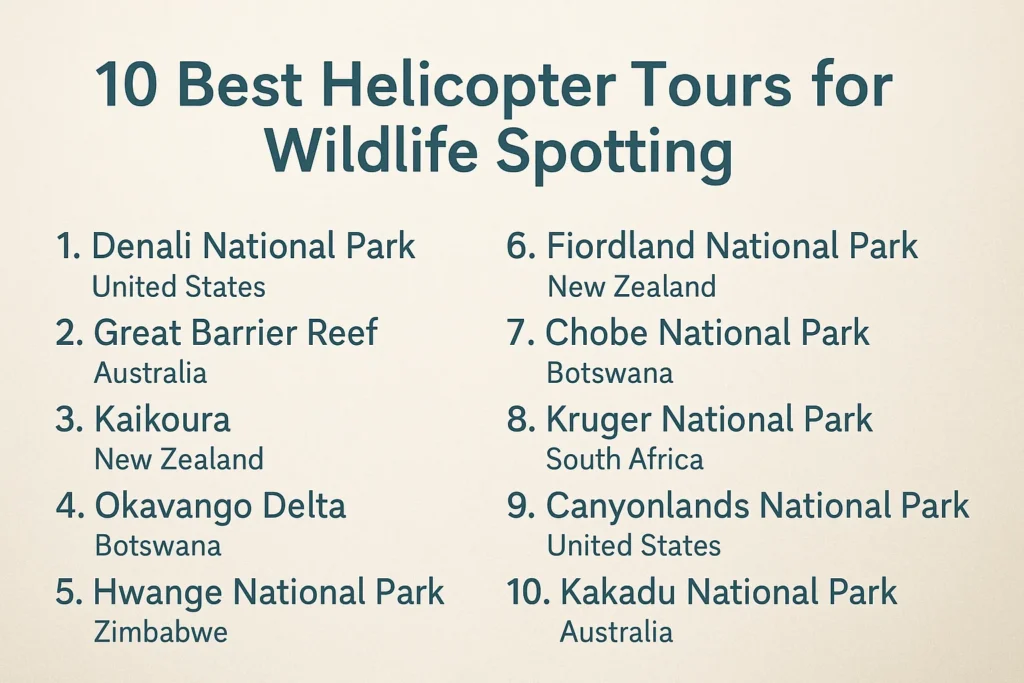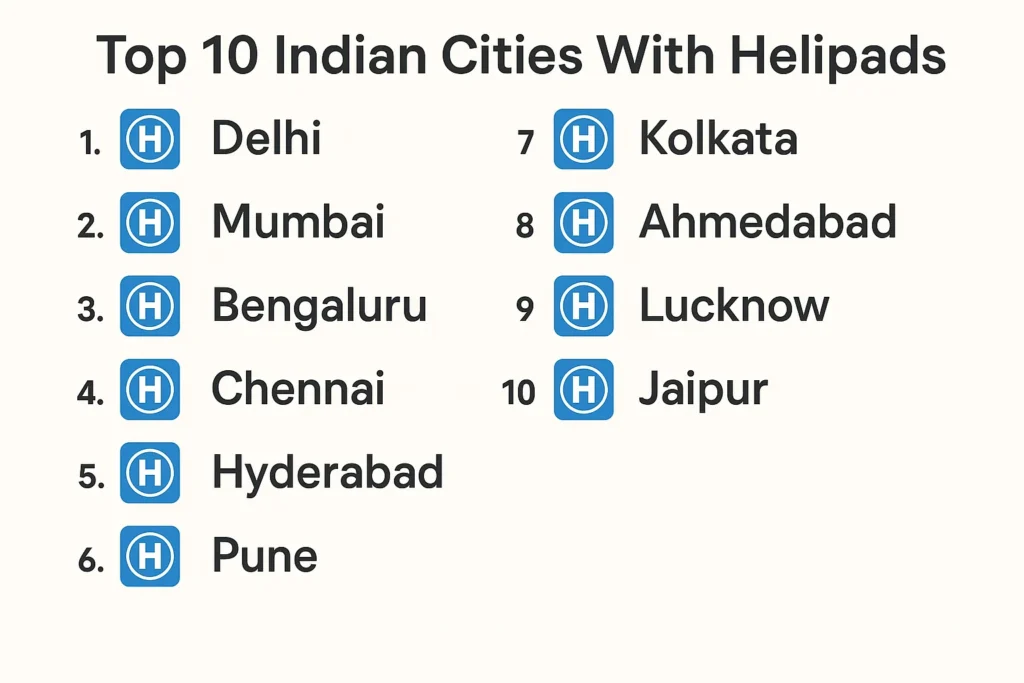✨ Introduction: 10 High-Altitude Helicopter Missions
Helicopters are incredibly versatile aircraft, but their capabilities are truly tested when flying at high altitudes. Whether performing rescue operations, military missions, or scientific research, high-altitude helicopter flights present significant challenges due to thinner air, extreme weather, and dangerous terrain.
In this blog post, we highlight 10 high-altitude helicopter missions that have demonstrated the sheer power, endurance, and bravery required to navigate some of the world’s highest and most challenging environments.
🌍 1. Everest Rescue Operations – Nepal
🏔️ Overview:
One of the most iconic high-altitude missions is the Everest rescue operations, where helicopters are used to airlift climbers from the summit of Mount Everest or other nearby high-altitude locations. The Nepalese Army and private operators like Simrik Air have been involved in these daring rescues.
✨ Highlights:
-
Altitude: Up to 29,000 feet.
-
Challenges: Thin air, unpredictable weather, and high winds.
-
Outcome: Lifesaving airlifts for mountain climbers and expedition teams.
-
Booking Link: Book Himalayan Helicopter Tours
🏞️ 2. Flying to the North Pole – Arctic Region
❄️ Overview:
Helicopter flights to the North Pole involve extreme temperatures and difficult flying conditions. These missions typically include scientific research expeditions, as helicopters provide the only reliable access to the remote polar regions.
✨ Highlights:
-
Altitude: Ranges from sea level to 10,000 feet.
-
Challenges: Severe cold, ice, and limited landing sites.
-
Outcome: Scientific teams can access the North Pole for research and data collection.
-
Booking Link: Book Arctic Helicopter Tours
🏔️ 3. Mount McKinley (Denali) Rescue – Alaska, USA
🏞️ Overview:
Mount McKinley (also known as Denali) in Alaska is the highest peak in North America, and helicopter rescue operations are crucial for climbers in distress. Helicopters are often used to rescue stranded climbers or provide emergency evacuation from high-altitude camps.
✨ Highlights:
-
Altitude: Over 20,000 feet.
-
Challenges: Harsh weather conditions and steep slopes.
-
Outcome: Helicopters are a lifeline for climbers at the highest points of the mountain.
-
Booking Link: Book Denali Helicopter Tour
🏙️ 4. Helicopter Evacuation in the Andes – Chile/Argentina
🏞️ Overview:
High-altitude helicopter rescues in the Andes Mountains between Chile and Argentina are crucial for tourists and adventurers. The rugged terrain and high altitudes make ground transportation difficult, and helicopters are often used for evacuation and rescue missions.
✨ Highlights:
-
Altitude: Ranges from 12,000 to 20,000 feet.
-
Challenges: Narrow valleys, unpredictable weather, and difficult landing zones.
-
Outcome: Emergency evacuations and search and rescue operations.
-
Booking Link: Book Andes Helicopter Tour
🌍 5. Helicopter Delivery to High-Altitude Research Stations – Antarctica
❄️ Overview:
Helicopters play a vital role in transporting supplies and personnel to high-altitude research stations in Antarctica, where the terrain is impassable by other means. These helicopters ensure that scientific teams are well-equipped for research in extreme conditions.
✨ Highlights:
-
Altitude: Up to 12,000 feet above sea level.
-
Challenges: Sub-zero temperatures and high winds.
-
Outcome: Delivering research materials and rescue missions in Antarctica.
-
Booking Link: Book Antarctic Helicopter Tours
🏔️ 6. Helicopter Expeditions to Mount Kilimanjaro – Tanzania
🏞️ Overview:
The Mount Kilimanjaro trek is a popular challenge for climbers, and helicopters are used for rescue operations and photography. Due to its elevation, helicopter tours also provide panoramic views of the Tanzanian landscape.
✨ Highlights:
-
Altitude: 19,341 feet.
-
Challenges: Rapid altitude changes and weather unpredictability.
-
Outcome: Helicopter evacuations and aerial views of the iconic peak.
-
Booking Link: Book Kilimanjaro Helicopter Tour
🏞️ 7. Helicopter Relief Operations in the Himalayas – India/China
🏔️ Overview:
Helicopter relief operations are common in the Himalayas, where earthquakes, floods, and landslides frequently affect the high-altitude regions. Helicopters are used to deliver aid and evacuate injured survivors from remote villages.
✨ Highlights:
-
Altitude: Ranges from 10,000 to 20,000 feet.
-
Challenges: High altitudes and rugged landscapes.
-
Outcome: Humanitarian aid and evacuations.
-
Booking Link: Book Himalayan Helicopter Tours
🌍 8. Rescue Operations in the Swiss Alps – Switzerland
🏔️ Overview:
The Swiss Alps are a major destination for skiing and mountaineering, and helicopters are often deployed for rescue missions. These missions save climbers stranded at high altitudes or injured skiers in remote areas.
✨ Highlights:
-
Altitude: 8,000 to 12,000 feet.
-
Challenges: Mountain winds, steep terrain, and weather.
-
Outcome: Rescue operations and safe evacuations.
-
Booking Link: Book Swiss Alps Helicopter Tour
🏞️ 9. Mount Fuji Rescue Operations – Japan
🗻 Overview:
Mount Fuji in Japan is another high-altitude location where helicopters are often used for rescue operations. Pilots regularly airlift climbers and tourists who get injured or stranded while trekking to the summit.
✨ Highlights:
-
Altitude: 12,388 feet.
-
Challenges: Narrow ridges and unpredictable weather.
-
Outcome: Search and rescue operations and air evacuations.
-
Booking Link: Book Mount Fuji Helicopter Tour
🏔️ 10. Himalayan Expedition Tours – Nepal
🏞️ Overview:
Helicopter expeditions in the Himalayas often include high-altitude sightseeing and rescue missions. Helicopters transport trekkers to base camps and mountain summits for aerial views of Mount Everest, Annapurna, and other iconic peaks.
✨ Highlights:
-
Altitude: 15,000 to 29,000 feet.
-
Challenges: Thin air, turbulent weather, and rugged terrain.
-
Outcome: Trekking support, aerial views, and rescue operations.
-
Booking Link: Book Himalayan Helicopter Tour
🌍 Conclusion: 10 High-Altitude Helicopter Missions
These high-altitude helicopter missions are a testament to the bravery and technical expertise required to navigate the world’s most extreme environments. From rescue operations in the Himalayas to scientific research in Antarctica, these missions highlight the importance of helicopter aviation in tackling some of the world’s most challenging altitudes.
If you’re ready for your own high-altitude adventure, DreamSafar offers helicopter tours in some of the most scenic and challenging destinations across the globe. Book your flight today and soar to new heights!
🔗 Useful Links:
Resources:
❓ FAQ Section:
Q1: How do helicopters manage to fly at such high altitudes?
A1: Helicopters are equipped with high-performance engines, lightweight frames, and advanced rotor systems that allow them to operate at altitudes where air is thin, making high-altitude flights possible.
Q2: What are the challenges of high-altitude helicopter flights?
A2: High-altitude helicopter flights face challenges like reduced engine performance, thin air, weather fluctuations, and difficult landing sites.
Q3: Can I book a high-altitude helicopter tour?
A3: Yes, DreamSafar offers high-altitude helicopter tours to various destinations, including the Himalayas, Swiss Alps, and Everest Base Camp.


